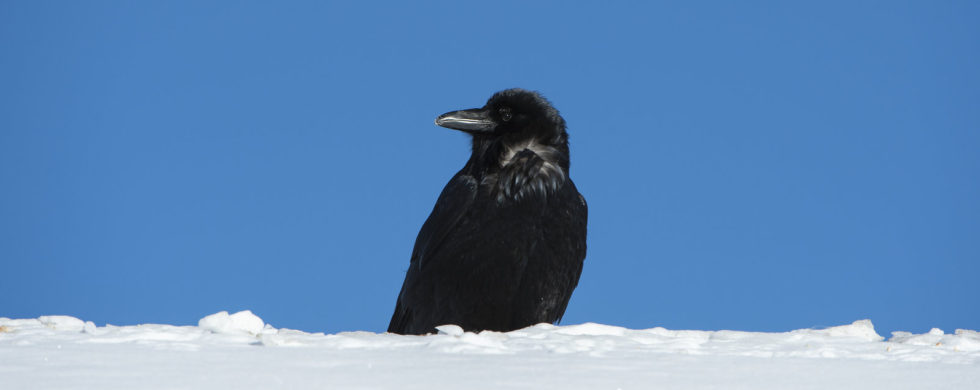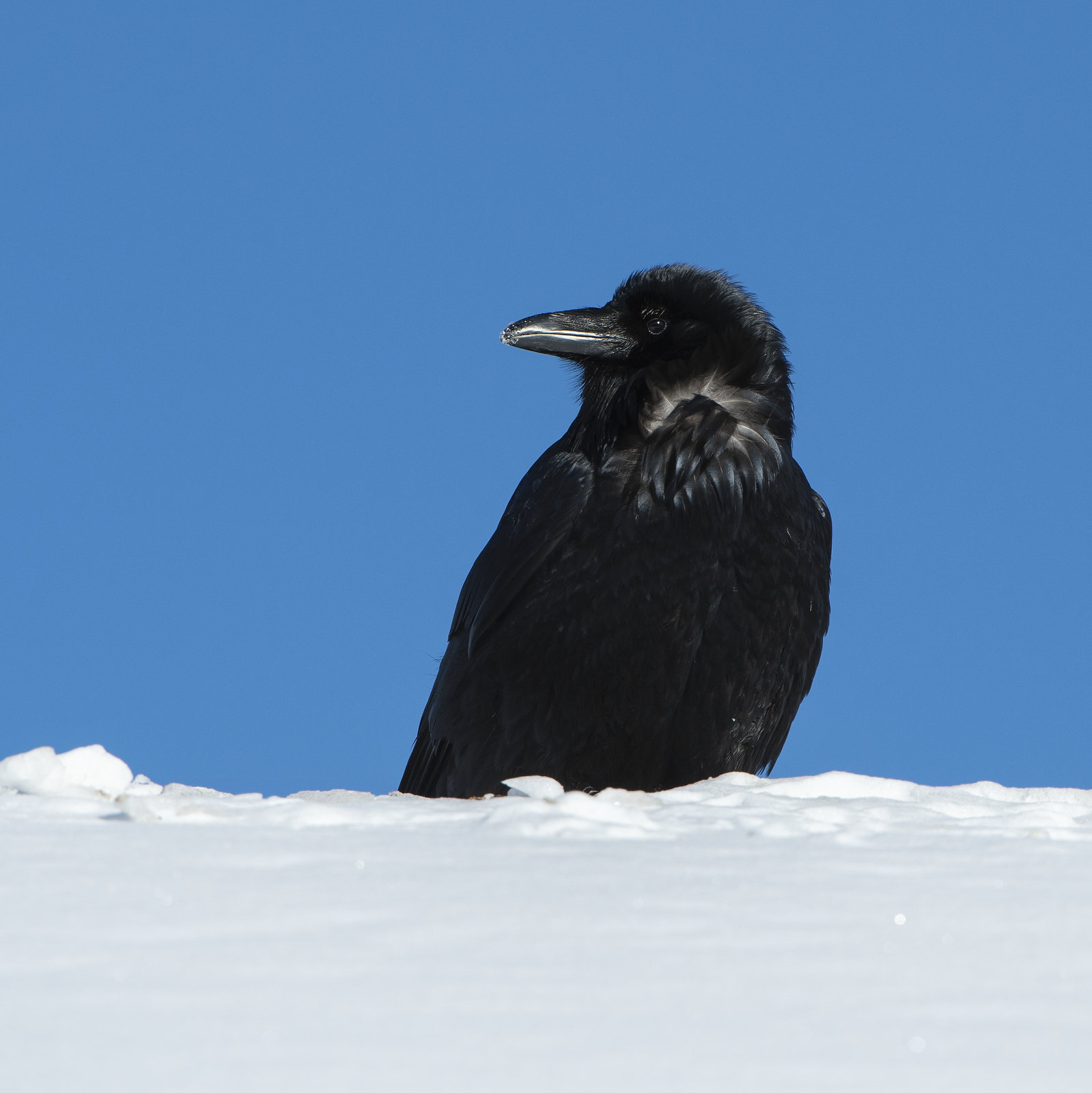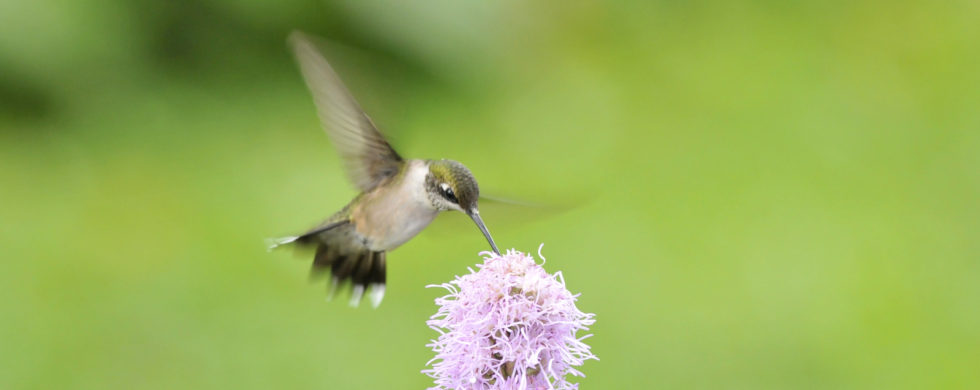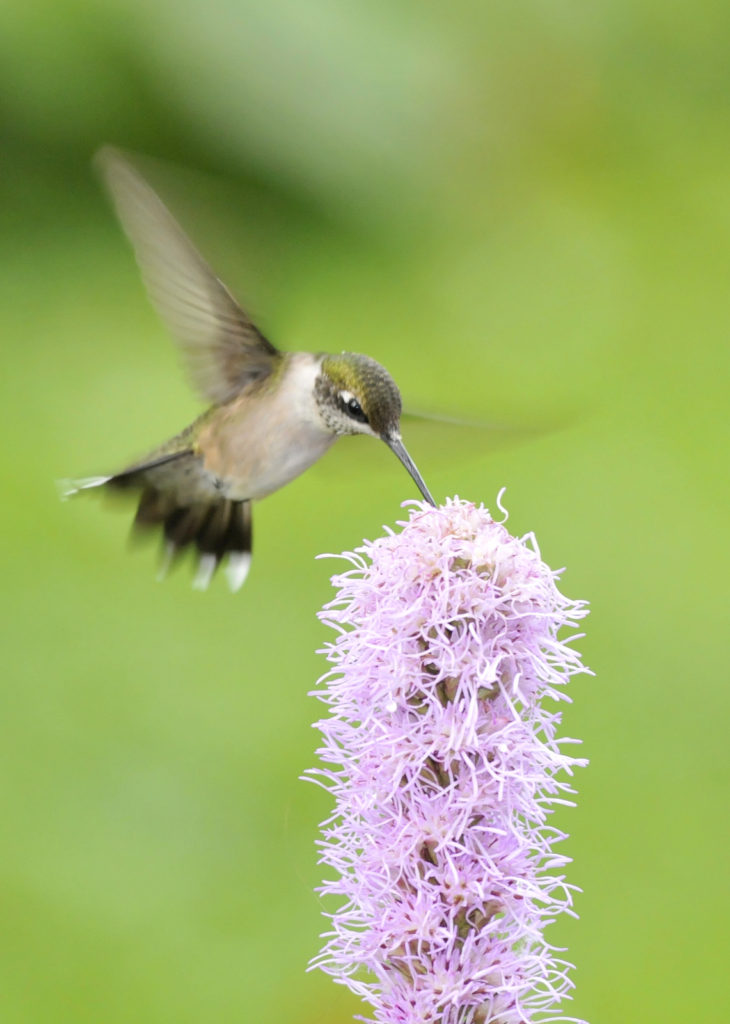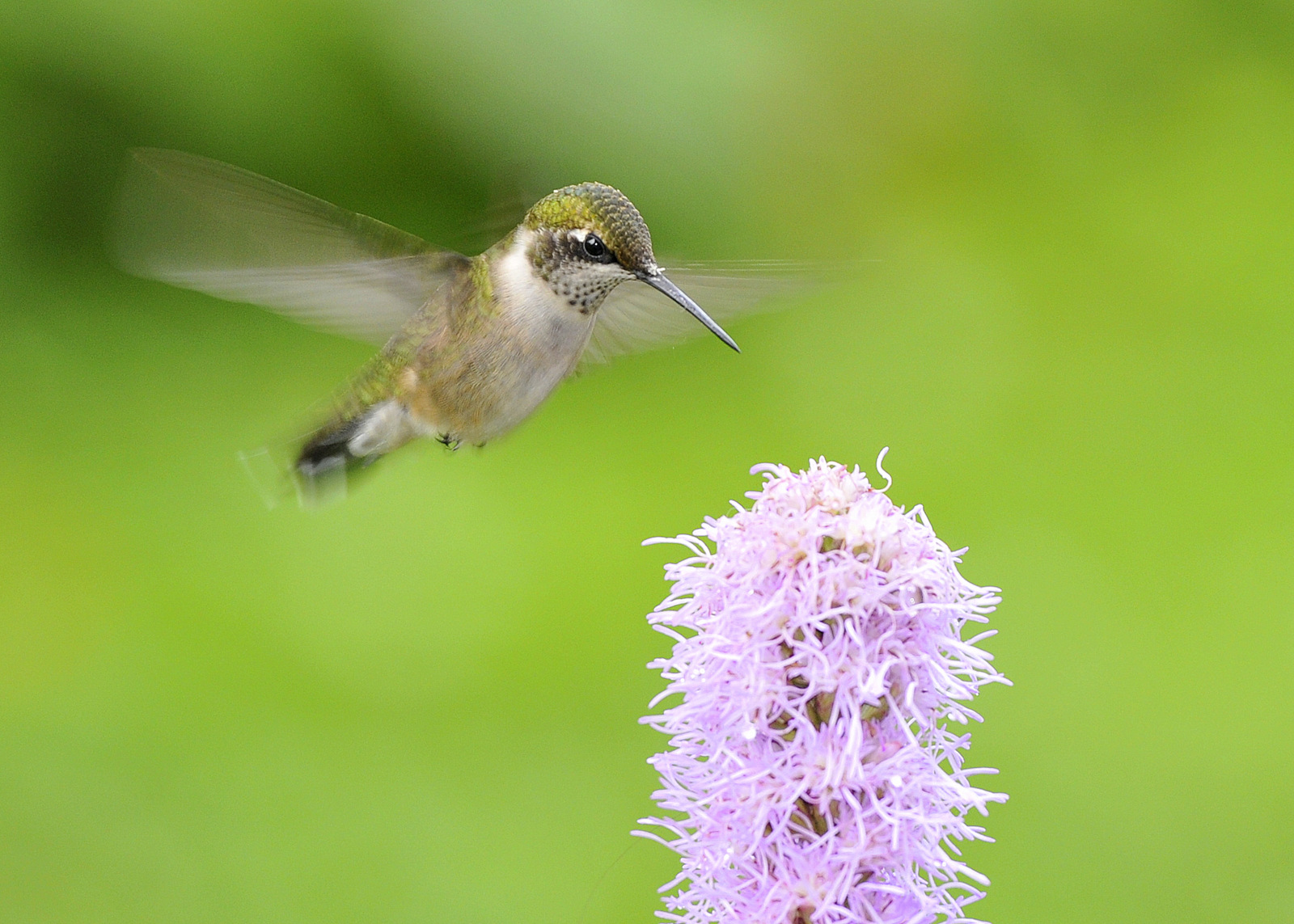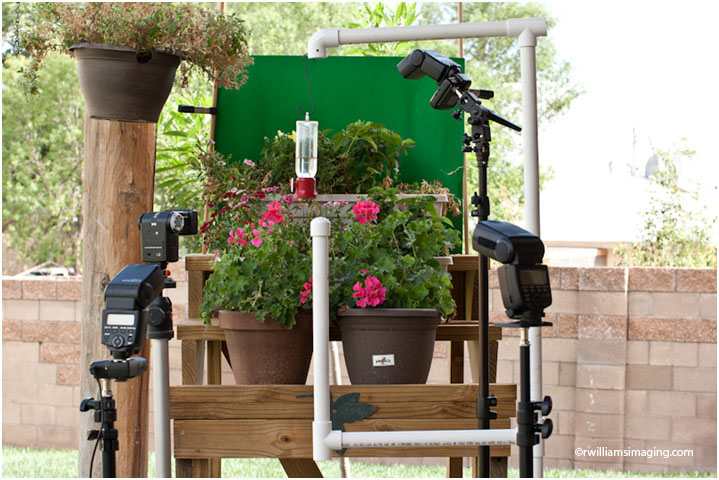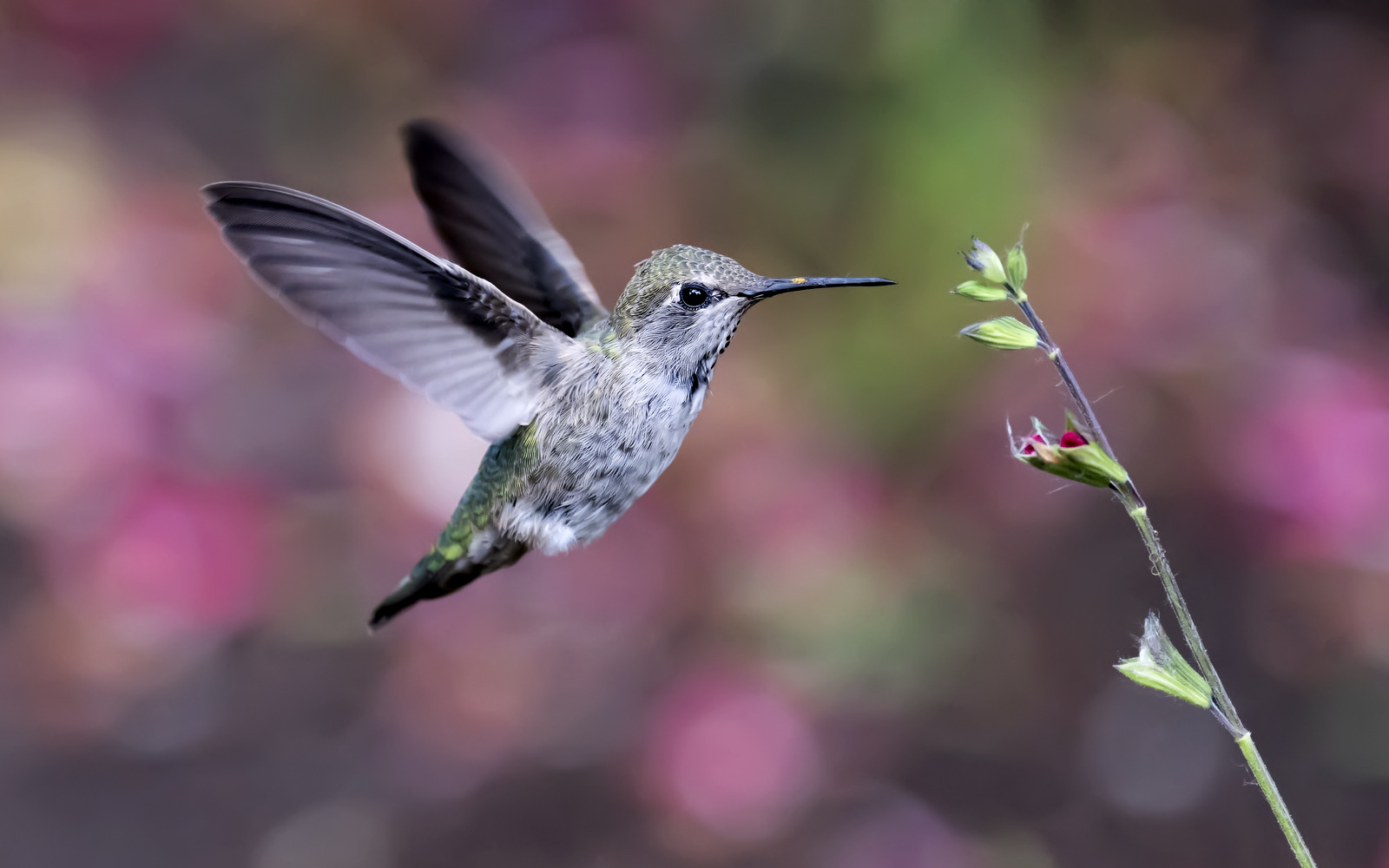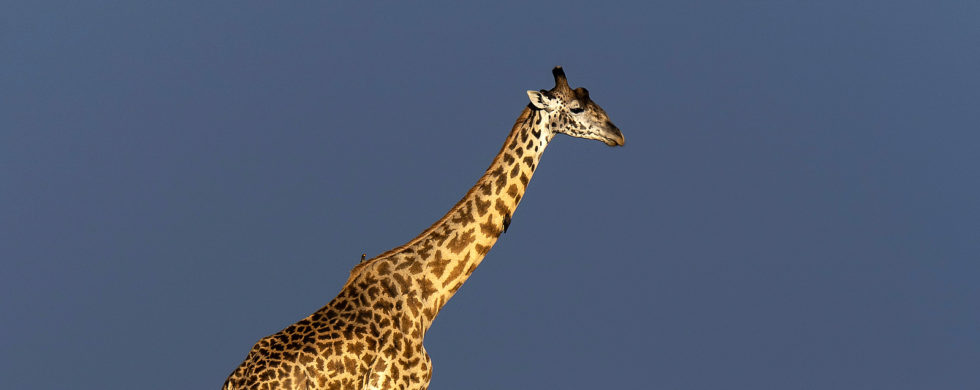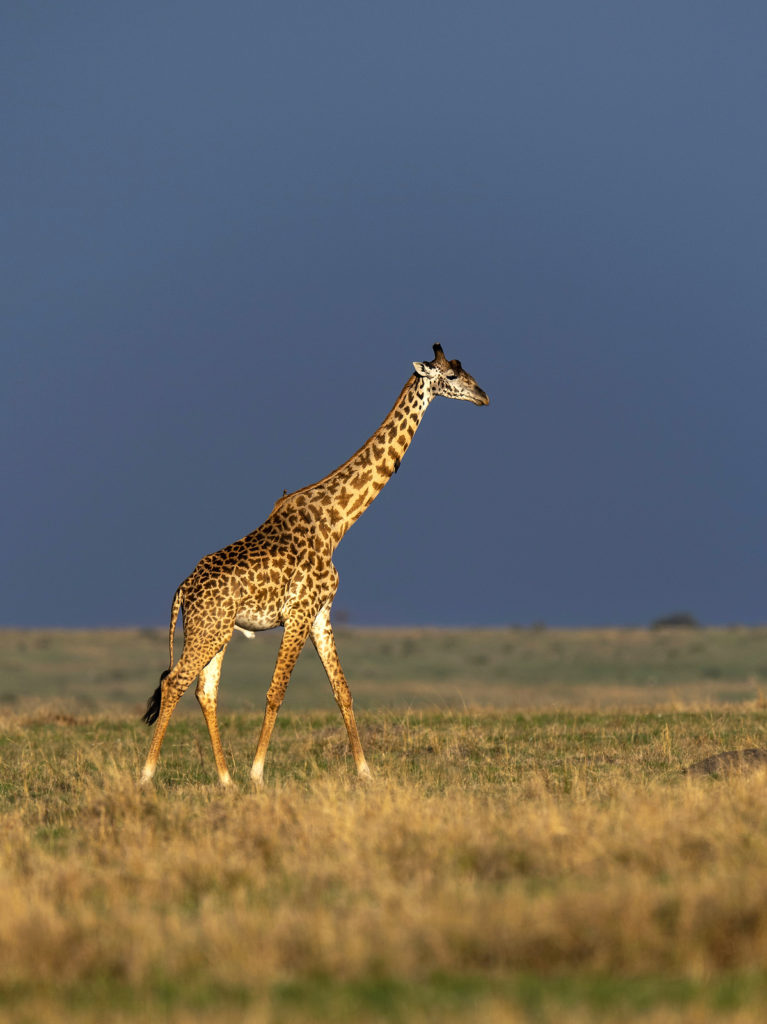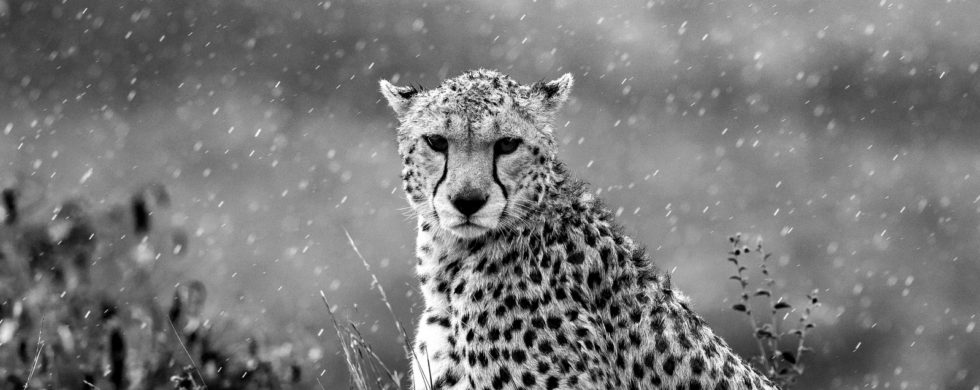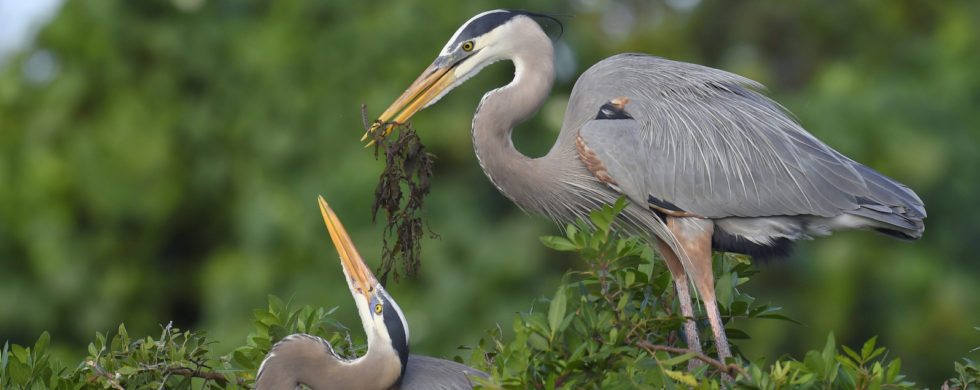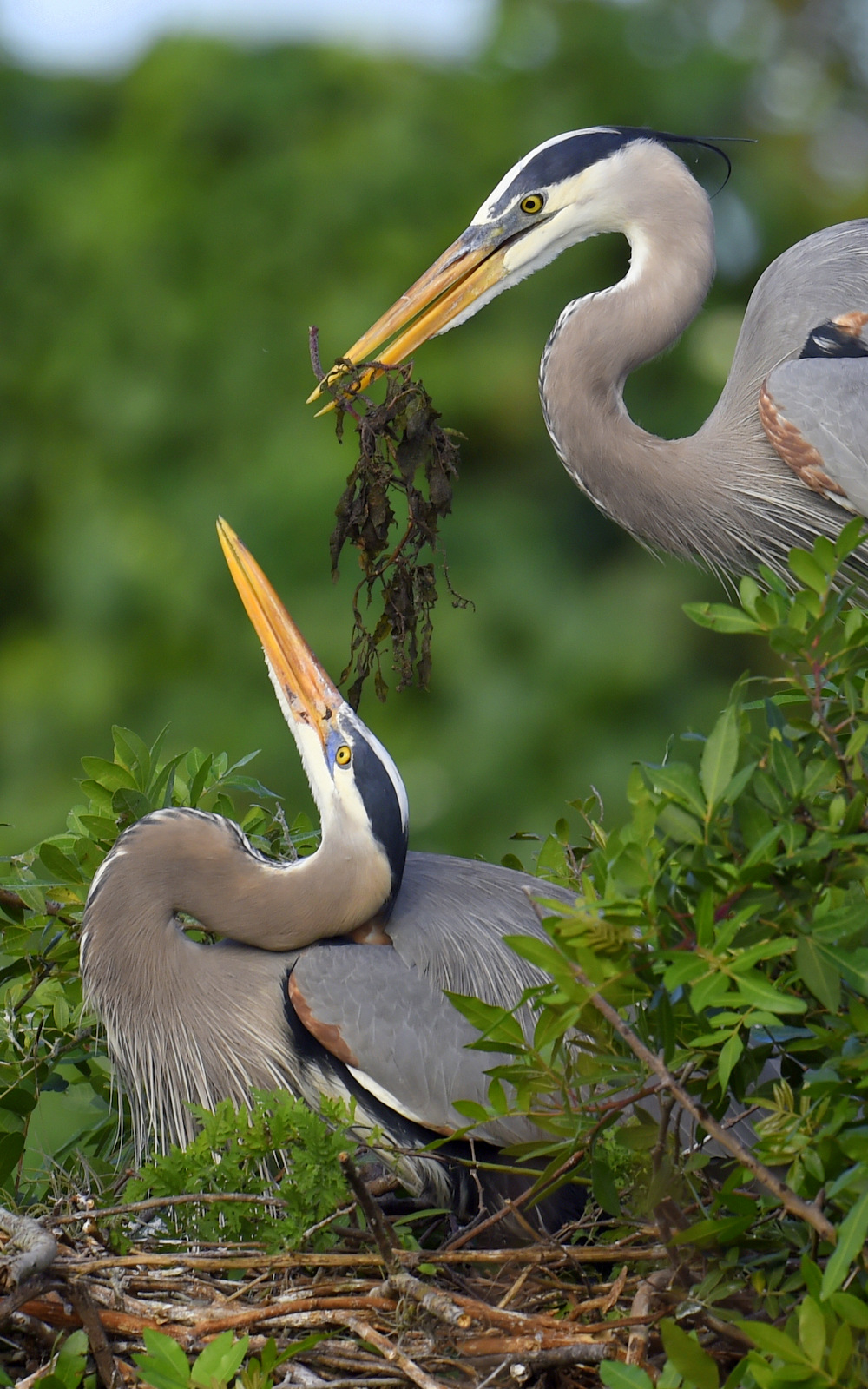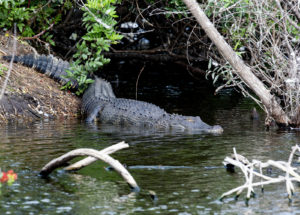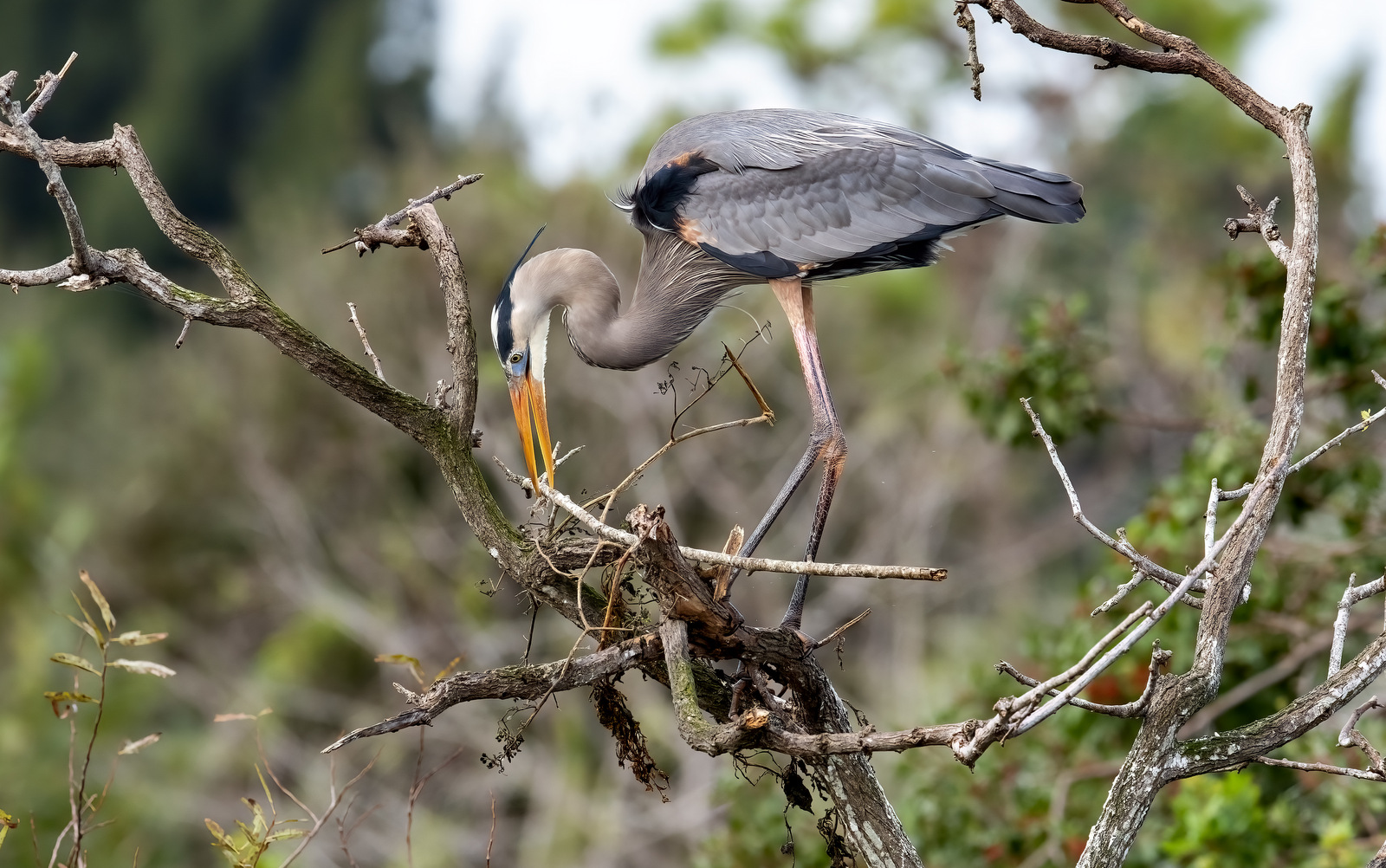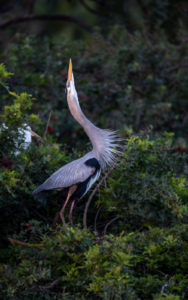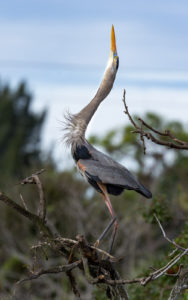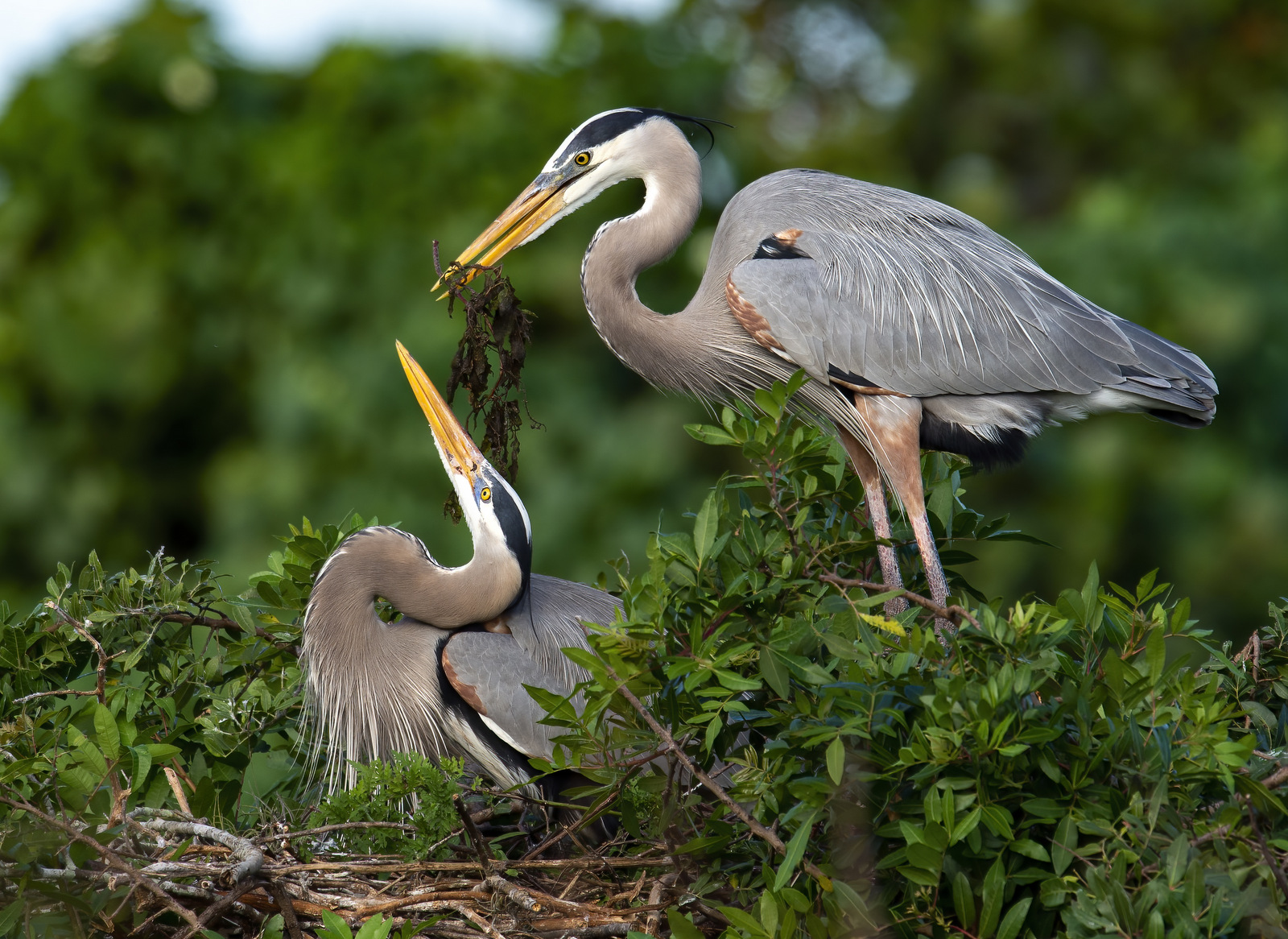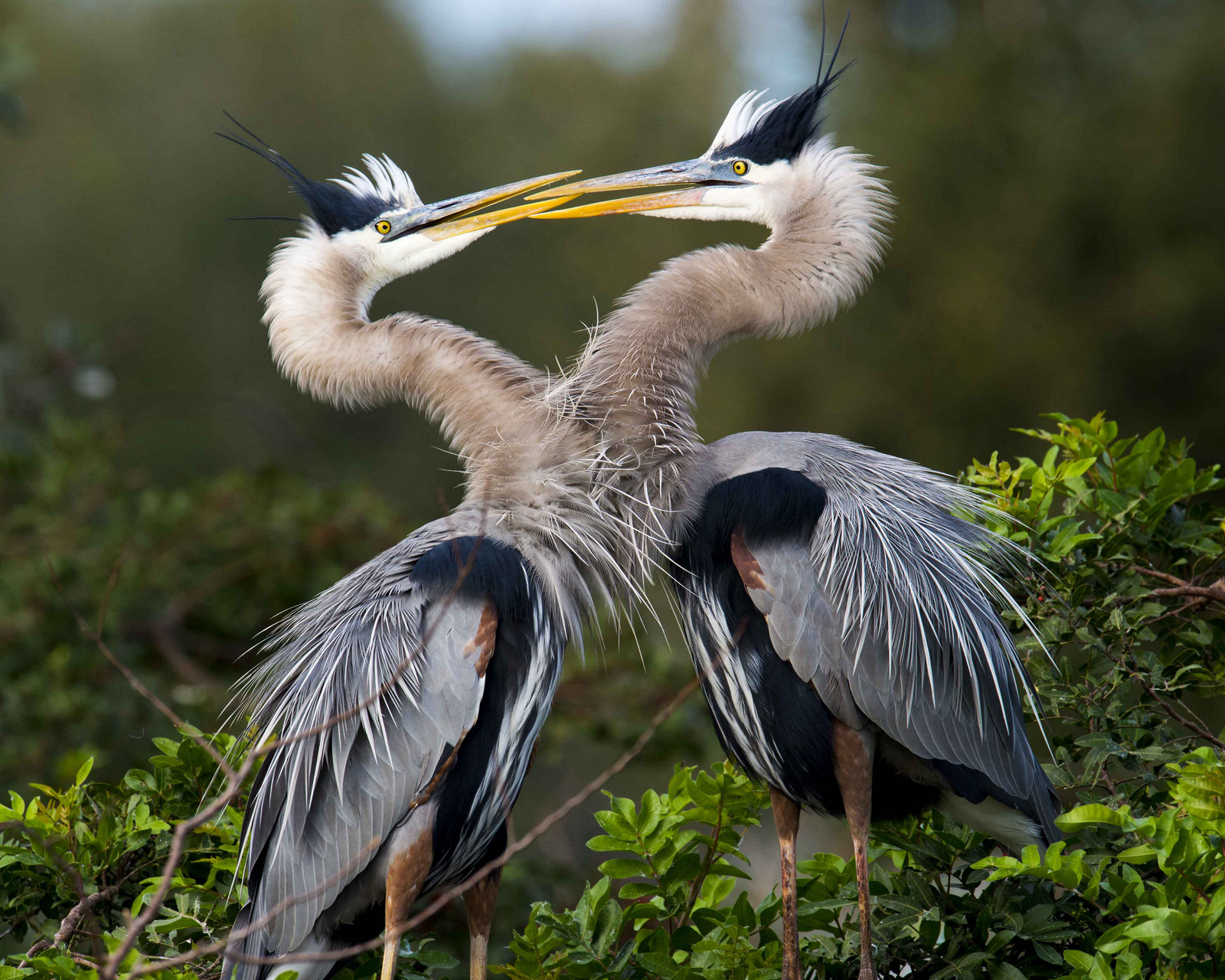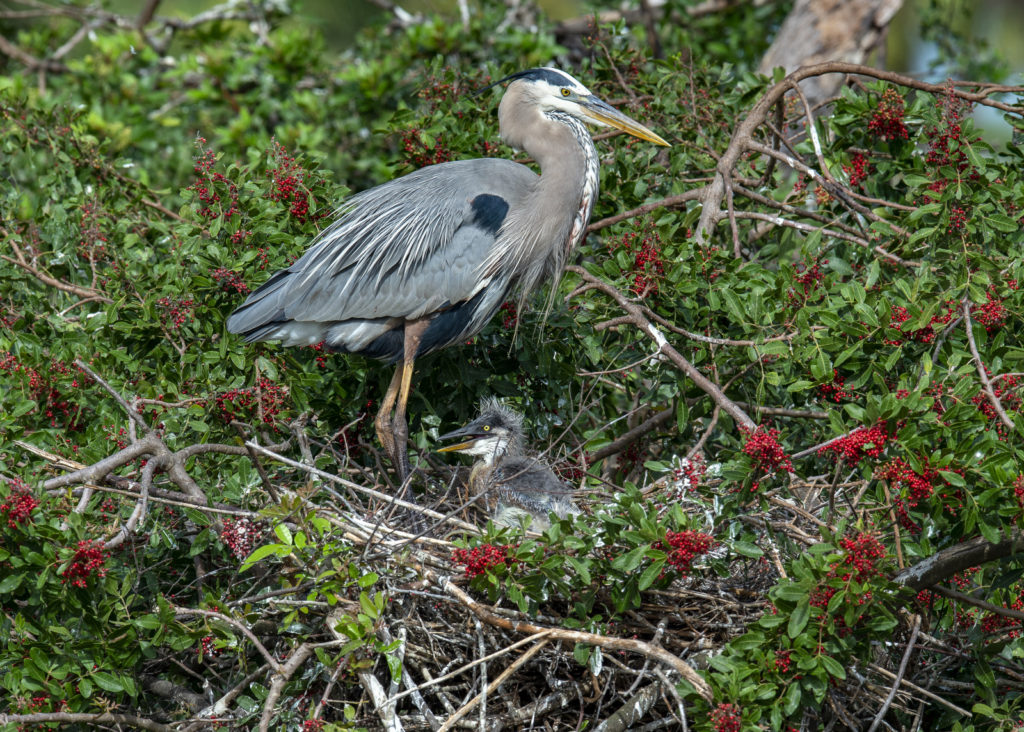Shot of the Month – September 2021
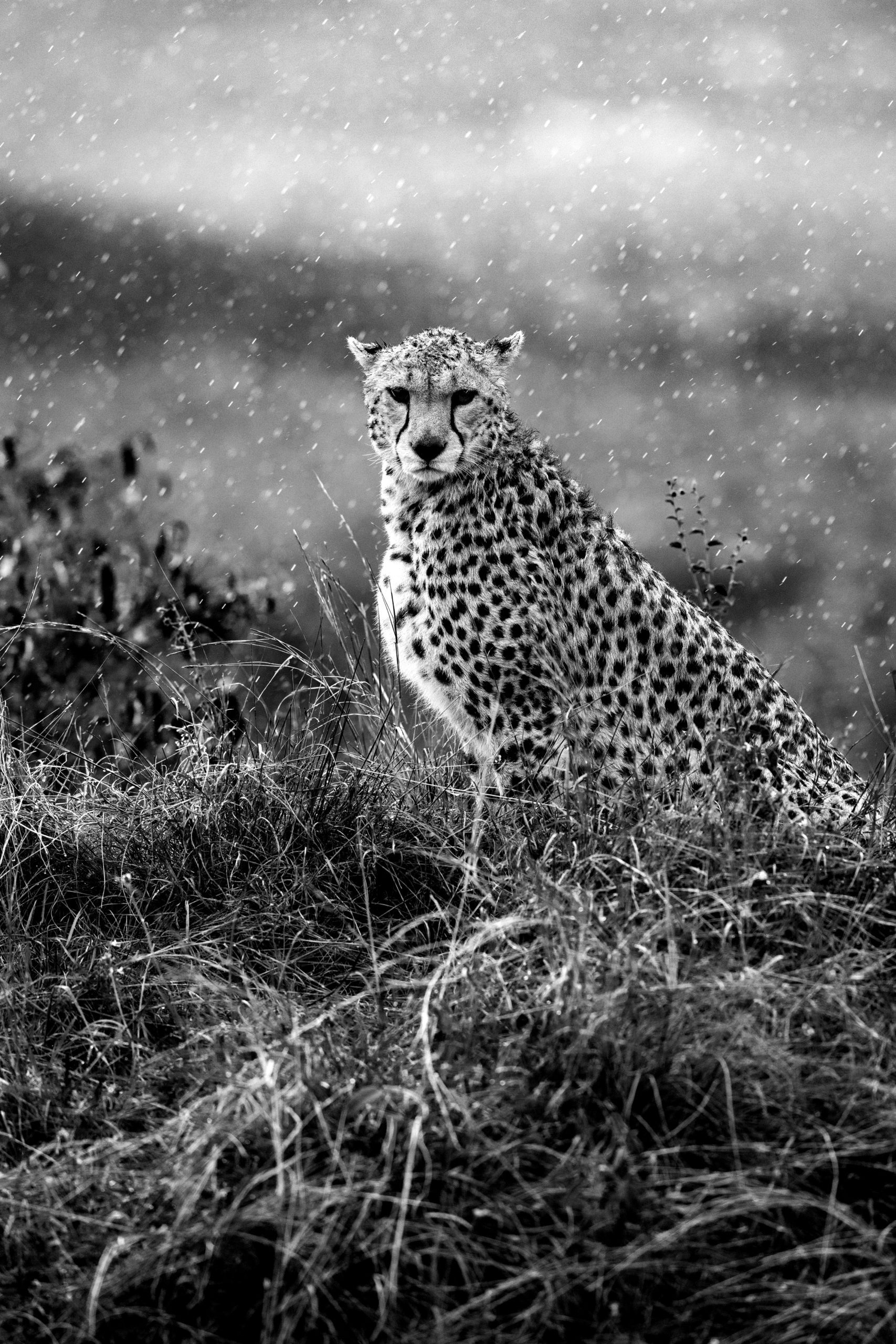
Is this image Art? And if it is, does that make me an “Arrrteeest”?
Photography was invented in 1826 (almost 200 years ago) and since that time the “Is photography art?” debate has raged on. This may surprise you given that photography is generally accepted today as Art, but this is a fairly recent phenomenon. How recent? Most museums only began to collect and display photographs in the late 1970s and early 1980s. Did you know that there are seven traditional forms of art?
Me neither. Photography is not among that list (scroll to the end to see the original seven).
So what is art? The Cambridge Dictionary says:
the making or doing of something whose purpose is to bring pleasure to people through their enjoyment of what is beautiful and interesting, or things often made for this purpose, such as paintings, drawings, or sculptures
I do strive to bring people pleasure with my images so perhaps I am trying to be an artist. Painting and sculpture use essential elements and principles such as line, shape, form, texture, balance, asymmetric balance, color, size, depth, light, positive space, and negative space.
Hmmn, interesting. I also consider many of these elements when I raise the camera to my eye. In fact, on an outing I may spend hours waiting to get the right mix of these elements in place before taking a single image.
As a photographer I spend much of my time trying to showcase the work of the world’s greatest artist – Mother Nature. Each day she throws together a fabulous mix of flora and fauna draped in captivating colors and hues. Every day, across the planet she is producing one masterpiece after another.
If I do my job correctly and get all the technical stuff right — set the right aperture, dial in the shutter speed, and compose the image well then Mother Nature will do the rest and we get some beautiful images that hint at the wonders of the natural world.
The Merriam Webster dictionary defines art as:
the conscious use of skill and creative imagination especially in the production of aesthetic objects.
I can say that I am a better photographer than I was 30 years ago – even this old dog has acquired a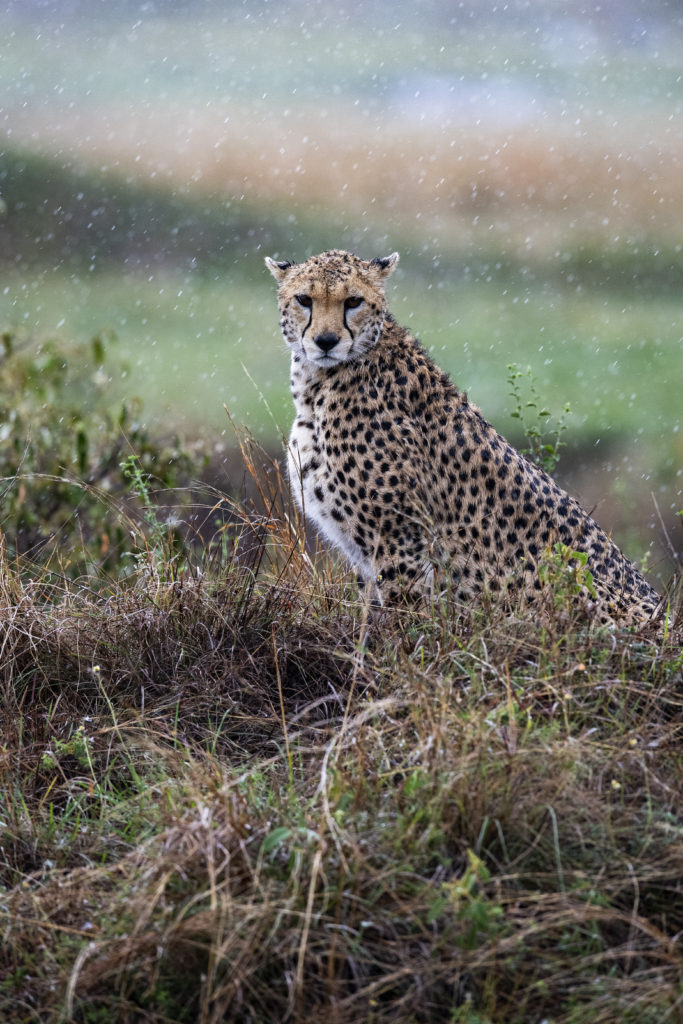 certain level of skill and creative vision to help capture Mother Nature at her best.
certain level of skill and creative vision to help capture Mother Nature at her best.
And some days I use a bit of “creative imagination” to manipulate an image to form something beyond what I witnessed. As in the photo above, converting it to black and white transforms a “mere” pretty picture of a cheetah into a portal that connects the viewer with feelings and mood a bit more universal.
In the color version we have a shared viewing experience as we all gaze outward at the beautiful scene. The B&W version may offer a more individual, internal journey and reaction that can have very little to do with a cheetah sitting in a driving rainstorm, on a continent far, far away.
The realistic color version connects us to nature, while the B&W version connects us to ourselves – perhaps reminding us of the storms that we weathered in our lives and how we persevered.
Wow, if I keep rambling like that I will have to get a turtleneck sweater, beret, and start smoking little French cigarettes.
Seems all a bit highfalutin for this small town boy (Art, Schmart). All I can say is, if you find joy, or a shared sense of awe, or brief respite from a troubled day with one of my photos, whether it be Art or something else, then I consider my time well spent.
Until next month….michael
Were you able to remember/guess the original, traditional forms of art? They are:
- Painting
- Sculpture
- Literature
- Architecture
- Cinema
- Music
- Theater
Sources
Photography: Is it art?
What is photography?
Is Photography Art? – Both sides of the debate explained.
What are the 7 different forms of Art?
A Brief History of Photography and the Camera
Nikon D5, Nikon 600mm f/4 (@f/5.6), 1/1000 sec, ISO 2500

